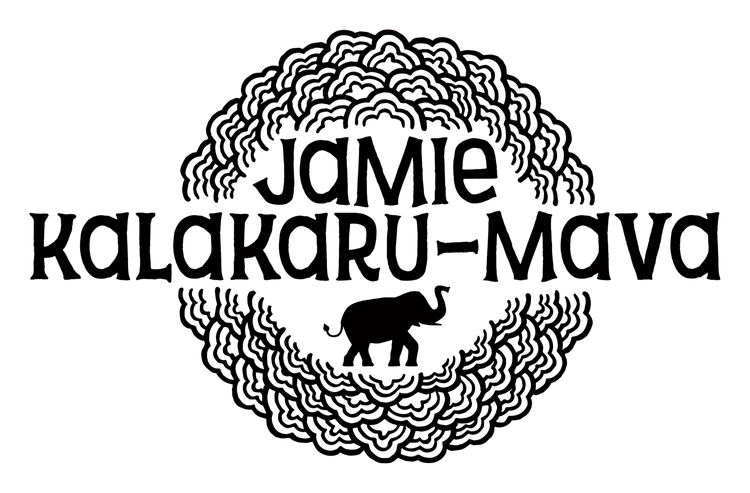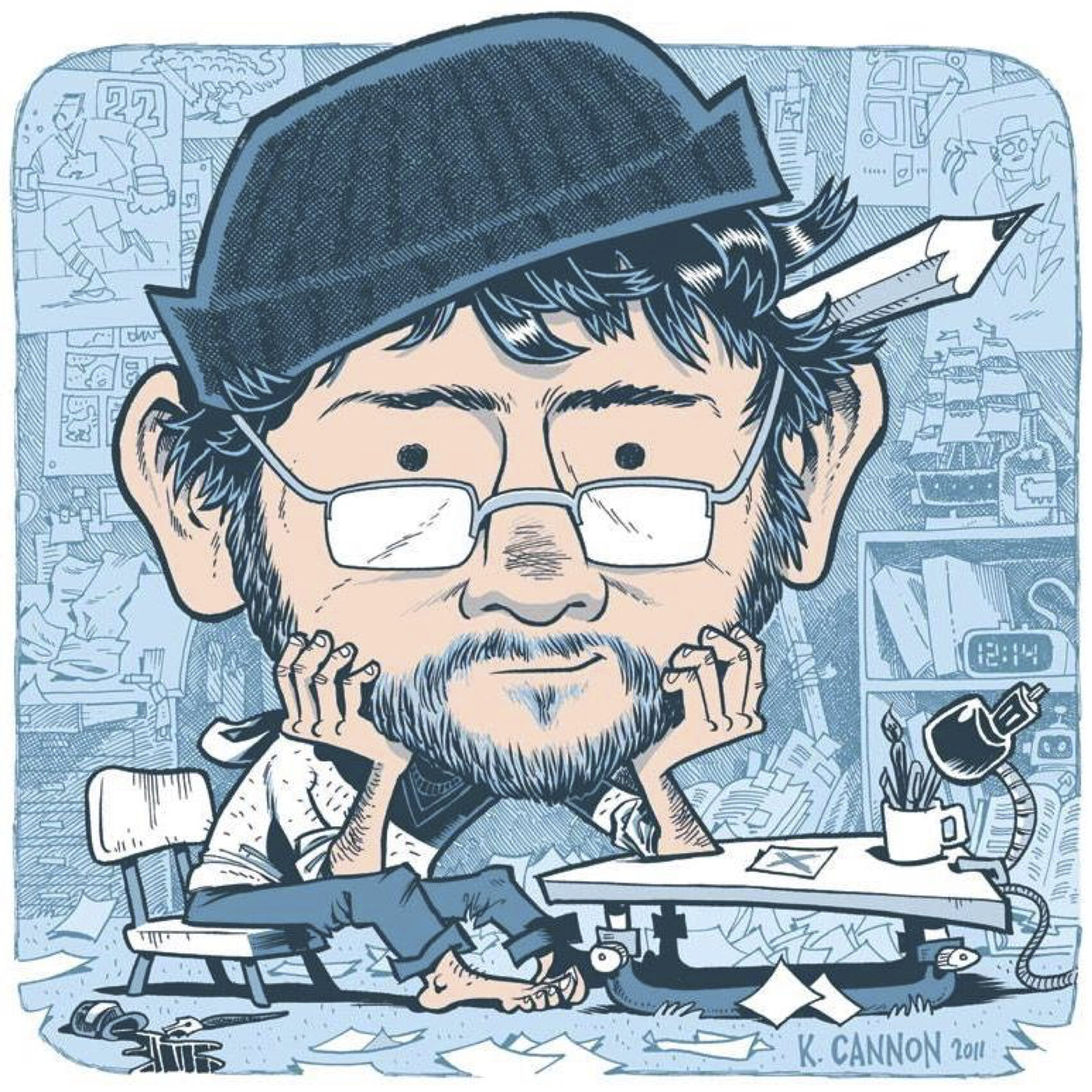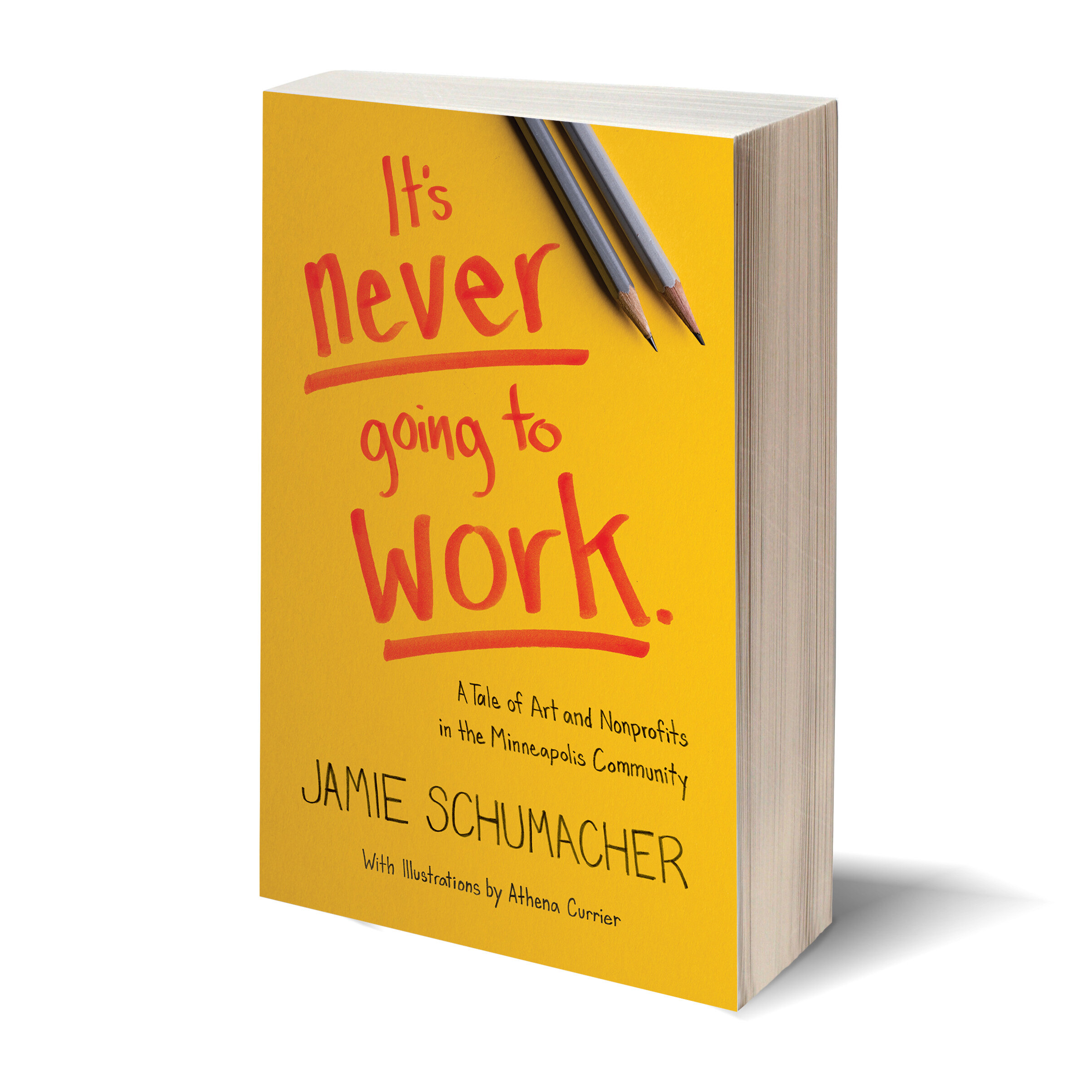Willow River State Park, WI—September 2010
Among the artists at Altered Esthetics, it was the cartoonists with whom I grew the closest. Perhaps it was our shared loss of Eric Lappegard, or perhaps we just all bonded as fellow art-loving nerds that understood the quirks and wonders of social introversion. What better way to be introverted than by getting in everybody else’s space? In 2010, we decided to make camping a regular part of our group activities.
It started with sincere tent-on-the-ground camping in Willow River State Park, but over the years we tried to make at least an annual trip to a variety of campgrounds in Wisconsin and Minnesota. We’d drink, cook together, draw together, annoy each other, and hike to take in the serene beauty of the Midwest. At night we’d sit, draw more, and sing together by the light of the campfire.
As our group moved in and out of state and our respective families grew, the trips evolved, split off, and eventually tapered off completely. I hope as our kids get a little older we can start doing them again. While we loved creating together, these trips were a good reminder to keep a good balance between work and play.
Guest entry: Kevin Cannon, Cartoonist
A cartoonist is someone who has decided that sitting alone and working long hours on something that few people will ever see (and even fewer will appreciate) is a good way to spend a living. I know because I’m one of them. And we don’t choose this kind of a life in spite of the solitude, we choose it because of the solitude. Obscurity is sought out, craved. Recognition of our work, if we dare to seek it, is best done at a distance, by strangers.
So imagine bringing thirty of us together not only to display our work collectively in a gallery show (which can be anxiety inducing as it is) but to spend several months together in the trenches planning it. This was the beauty of Altered Esthetics. For the better part of a decade, this community-run gallery in Northeast Minneapolis achieved the impossible by convincing dozens of amateur and professional cartoonists alike to unstrap ourselves from our drafting tables and come be social.
For many local cartoonists, Altered Esthetics’ yearly comics show was the first time they’d ever hung their framed artwork on a wall in public. For others it was the first time they’d spent their evenings in late-night meetings brainstorming show concepts, working up spreadsheets, and delegating (and volunteering for) various duties. It was new territory for most of us, and sometimes a little scary, but despite all of that we kept challenging ourselves with every new show. We expanded our submissions pool and sought out cartoonists from around the country, we published a newspaper even when print (we were told) was dead, and we built hundreds of cookbooks from scratch with extremely limited resources.
Altered Esthetics became a home base for my friends in the Twin Cities cartooning scene. The planning meetings were when we most often saw each other in person, and as we grew closer, the show openings took on the intoxicated, exuberant air of wedding receptions. Suddenly we weren’t sitting alone working on a Friday night. No, we were drinking bourbon out of a trunk on Quincy Street, handing out handmade business cards to art directors, and toasting ourselves for somehow putting together yet another gorgeous show.
Our time with Altered Esthetics taught me, and many of us, I think, about the importance of embracing the social side of our work. Not only did Altered Esthetics help form long-lasting friendships, but we all grew as professional artists. I have personally hired and have been hired by people I’ve met through the gallery, and I’ve seen cartoonists from out of state move to Minnesota specifically for the cartooning scene. We may crave isolation, but we need to engage with our fellow cartoonists as well, and Altered Esthetics provided the space and the resources to not only make that happen, but make it flourish.
This post is adapted from It’s Never Going To Work: A Tale of Art and Nonprofits in the Minneapolis Community. The book includes illustrations by Athena Currier. ©2019 Jamie Schumacher.
It’s Never Going To Work is a light-hearted, illustrated book that offers real-life insights on founding a community space and nonprofit. It provides tools, tips, resources, and camaraderie to community organizers and anybody attempting something new.




